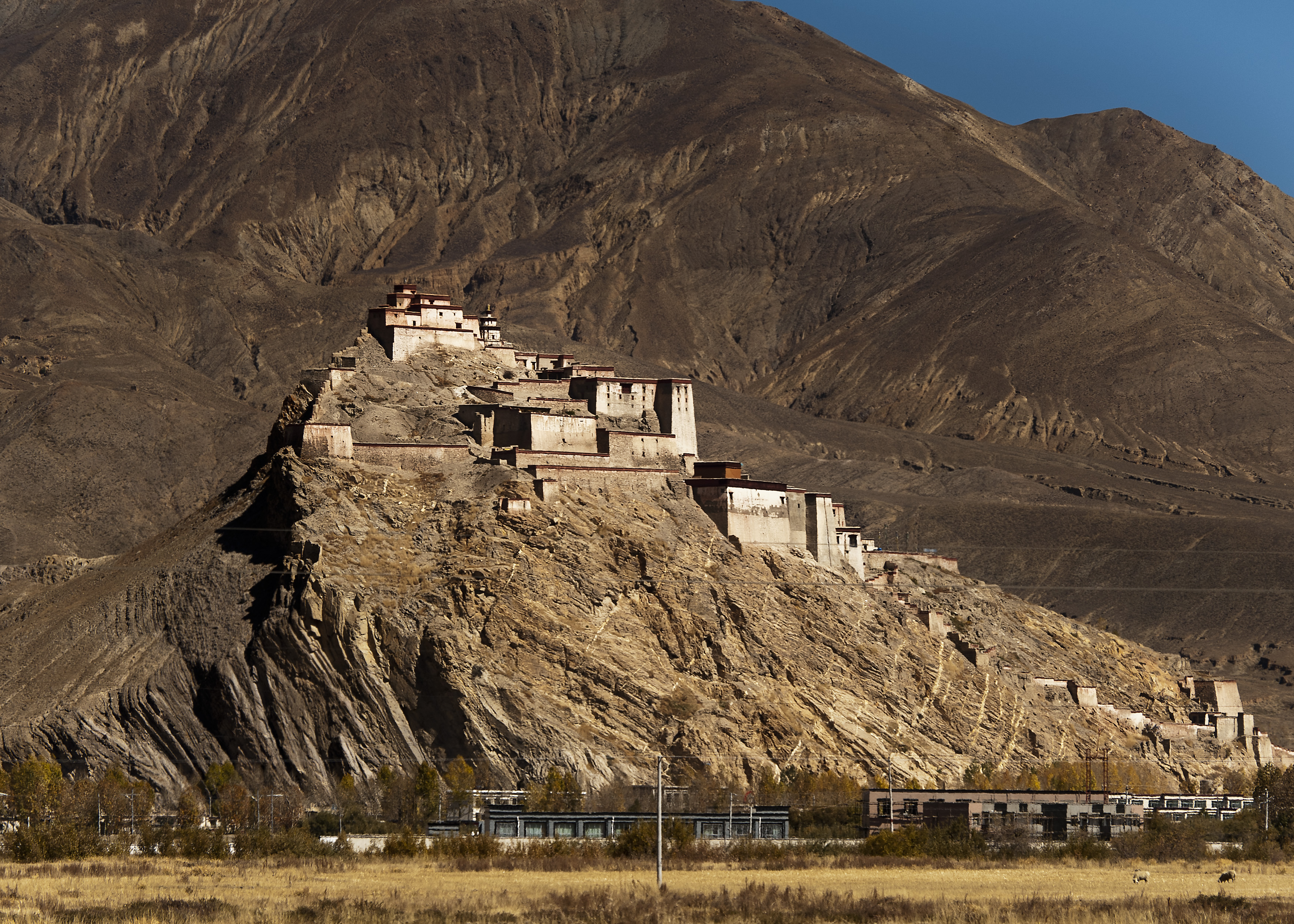|
Punakha Dzong
The Punakha Dzong, also known as Pungthang Dewa chhenbi Phodrang (meaning "the palace of great happiness or bliss"), is the administrative centre of Punakha District in Punakha, Bhutan. Constructed by Ngawang Namgyal, 1st Zhabdrung Rinpoche, in 1637–38, it is the second oldest and second-largest dzong in Bhutan and one of its most majestic structures. The dzong houses the sacred relics of the southern Drukpa Lineage of the Kagyu school of Tibetan Buddhism, including the Rangjung Kharsapani and the sacred remains of Ngawang Namgyal and the tertön Pema Lingpa. Punakha Dzong was the administrative center and the seat of the Government of Bhutan until 1955 when the capital was moved to Thimphu. It is listed as a tentative site in Bhutan's Tentative List for UNESCO inclusion. Geography The Dzong is located between the Pho Chhu (Male) and Mo Chhu (Female) river in the Punakha–valley. The source of the Mo chu river is in the northern hills of Lighsi and Laya in Bhutan, ... [...More Info...] [...Related Items...] OR: [Wikipedia] [Google] [Baidu] |
Dzong Architecture
Dzong architecture is used for dzongs, a distinctive type of fortified monastery ( dz, རྫོང, , ) architectural style, architecture found mainly in Bhutan and Tibet. The architecture is massive in style with towering exterior walls surrounding a complex of courtyards, temples, administrative offices, and monks' accommodation. Characteristics Distinctive features include: * High inward sloping walls of brick and stone painted white with few or no windows in the lower sections of the wall * Use of a surrounding red ochre stripe near the top of the walls, sometimes punctuated by large gold circles * Use of unique style flared roofs atop interior temples * Massive entry doors made of wood and iron * Interior courtyards and temples brightly colored in Buddhist-themed art Motif (visual arts), motifs such as the ashtamangala or swastika Regional differences Bhutan Dzongs serve as the religious, military, administrative, and social centers of their district. They are often the s ... [...More Info...] [...Related Items...] OR: [Wikipedia] [Google] [Baidu] |

